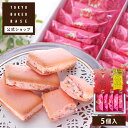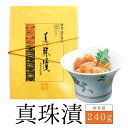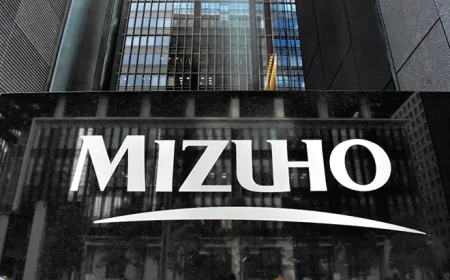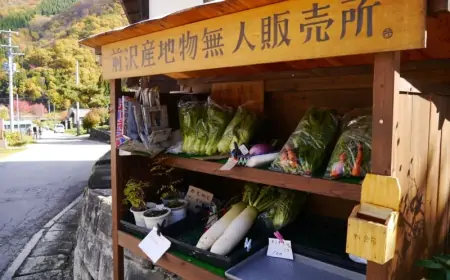The reason Japanese people love eating seaweed
Seaweed is not only a raw material for famous Japanese dishes, but also a healthy food, supporting cancer treatment and supporting the heart.

For thousands of years, seaweed has appeared in the Japanese diet. People here call them "superfoods" thanks to their rich taste, rich in nutrients, low in calories, and rich in fiber.
Rich flavor, many dishes
According to Just One Cookbook (a website sharing cooking knowledge in Japan), the vast ocean surrounding Japan has more than 10,000 species of seaweed, of which about 20 are commonly used in cuisine. Miso soup, dashi broth, salad dressing, sushi rolls, fried tempura, sunomono pickled vegetables… are famous dishes that use seaweed.
Wakame is a large brown seaweed with a long culinary history. It is also one of the most consumed types of seaweed, possessing a mild sweetness that the Japanese call the fifth seasoning "umami". Wakame often appears in miso soup and salads of every home and restaurant in Japan.
In addition, one gram of dried wakame also contains 139 mcg of iodine, which could almost meet the WHO's recommended need of 150 mcg of iodine per day.
Equally popular is mozuku brown seaweed, the pride of Okinawans. This clean sea free of heavy metals or radioactive substances is producing more than 90% of the world's mozuku production. Mozuku has a sweet taste and is often eaten raw in vinegar, made into deep-fried tempura, chilled soups or stir-fries.
Brown seaweed is low in calories, with fiber accounting for 25-75% of its weight, higher than many other vegetables. They support digestion, create a food source for large intestine bacteria, help balance intestinal microflora. In addition, scientists also found sulfated poly-saccharides in brown seaweed, which has been shown to increase beneficial bacteria in the gut.
Support disease treatment, beauty
Traditional Japanese medicine considers brown seaweed as a good medicine for health. Today, brown seaweed is used in the production of face masks and serums. In addition, fucoidan in brown seaweed has many antioxidants, supporting cancer prevention.
Mekabu is the ruffled part, located right at the base of the wakame brown seaweed (scientific name is undaria pinnatifida). According to the Arizona Center for Advanced Medicine (USA), wakame seaweed contains mekabu fucoidan which is believed to have the ability to inhibit the formation of new blood vessels that feed cancer cells, preventing them from spreading. At the same time, this type of fucoidan also has the ability to inhibit blood clot formation, lower blood pressure and reduce the risk of stroke.
According to some studies from Japan, mekabu has been shown to be more effective in inhibiting tumor angiogenesis than other fucoidan extracts. Research published in the US National Library of Medicine shows that fucus fucoidan (brown seaweed bladder wrack) helps increase immunity, which is believed to have the ability to slow the growth of rectal tumors and breast cancer. In addition, they also support anti-inflammatory, reduce joint pain, support to reduce the side effects of chemotherapy and radiation.
Thanks to its many health benefits, seaweed is used by the Japanese as raw materials for the pharmaceutical industry, consumed domestically and exported abroad. Products that support cancer treatment often combine many types of brown seaweed at the same time, in order to increase efficiency.
--------------------------
Injavi.com - Visit in Japan
Related Products







































































































